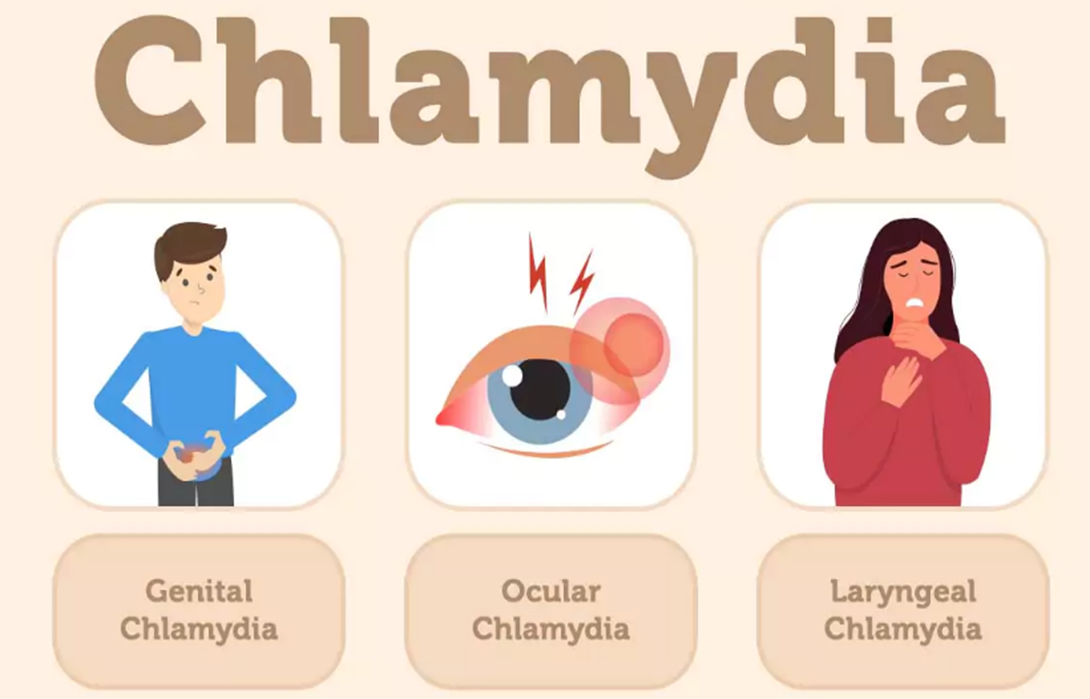A charge nurse is teaching a newly licensed nurse about hazardous and infectious materials. Which of the following situations should the nurse include as a safe handling technique?
A nurse places a mask on a client with tuberculosis before transport to the radiology department.
A nurse cleans up a blood spill with hydrogen peroxide.
A nurse removes her gown after leaving the client's room.
A nurse disconnects an indwelling urinary catheter from the drainage bag to collect a specimen.
The Correct Answer is A
Choice A reason: A nurse places a mask on a client with tuberculosis before transport to the radiology department is a safe handling technique, as it prevents the transmission of airborne pathogens to other clients and staff. The nurse should also wear a respirator and follow the standard and airborne precautions.
Choice B reason: A nurse cleans up a blood spill with hydrogen peroxide is not a safe handling technique, as it can damage the skin and mucous membranes and cause irritation and infection. The nurse should use a bleach solution or an approved disinfectant to clean up blood spills and follow the standard and contact precautions.
Choice C reason: A nurse removes her gown after leaving the client's room is not a safe handling technique, as it can contaminate the environment and expose the nurse to infectious agents. The nurse should remove the gown before leaving the client's room and dispose of it in a designated receptacle.
Choice D reason: A nurse disconnects an indwelling urinary catheter from the drainage bag to collect a specimen is not a safe handling technique, as it can introduce bacteria into the urinary tract and cause infection. The nurse should use a sterile syringe and needle to aspirate the specimen from the sampling port and follow the standard and contact precautions.
Nursing Test Bank
Naxlex Comprehensive Predictor Exams
Related Questions
Correct Answer is C
Explanation
Choice A reason: Using condoms during treatment for chlamydia is important for preventing transmission, but this is not the priority nursing action. The most critical step for the nurse is fulfilling the legal and public health obligation to report the infection to the health department, as chlamydia is a reportable sexually transmitted infection.
Choice B reason: This is not the correct choice because this action is not appropriate for clients who have chlamydia. Chlamydia is caused by bacteria, not viruses, so antiviral creams are ineffective and unnecessary. The nurse should administer the prescribed antibiotics and monitor the client for any adverse reactions or complications.
Choice C reason:Reporting the infection to the local health department is correct. Chlamydia is a reportable disease in all states, and this step ensures proper public health tracking, partner notification, and prevention of further spread. This is a nurse’s responsibility in accordance with infection control and community health regulations.
Choice D reason: This is not the correct choice because this action is not indicated for clients who have chlamydia. Contact precautions are used to prevent the transmission of infections that are spread by direct or indirect contact with the client or their environment. Chlamydia is not spread by contact, but by sexual intercourse. The nurse should use standard precautions, which include hand hygiene and wearing gloves, when caring for the client.

Correct Answer is B
Explanation
Choice A reason: A client who has gestational diabetes and is receiving biweekly nonstress tests is incorrect. Gestational diabetes requires monitoring of maternal blood glucose levels and fetal well-being. Nonstress tests are a common method of assessing fetal well-being in pregnancies complicated by conditions such as gestational diabetes. Nurses caring for clients with gestational diabetes need to understand the management of blood glucose levels, dietary considerations, insulin administration if needed, and fetal monitoring techniques. This requires obstetrical-specific knowledge and expertise.
Choice B reason: A primigravida client who is 1 day postoperative following a Cesarean section and has a PCA pump is correct. This client is postoperative following a Cesarean section and is likely in need of pain management through a PCA pump. Postoperative care after a Cesarean section involves monitoring for signs of complications such as infection, bleeding, and wound healing, as well as managing pain effectively. While nurses with medical-surgical experience may be familiar with PCA pumps, the postoperative care of a cesarean section client involves obstetrical-specific considerations such as uterine monitoring, assessment of lochia (vaginal discharge after childbirth), and breastfeeding support.
Choice C reason: A client who is at 32 weeks of gestation and has premature rupture of membranes is not an appropriate assignment for the RN who has floated from a medical-surgical unit, as it involves a high-risk pregnancy that needs close monitoring and intervention to prevent preterm labor and infection. The charge nurse should assign this client to an RN who is competent in the obstetrical unit.
Choice D reason: A multigravida client who has preeclampsia and is receiving misoprostol for induction of labor is not an appropriate assignment for the RN who has floated from a medical-surgical unit, as it involves a complex and potentially life-threatening condition that requires frequent assessment and intervention to prevent eclampsia, hemorrhage, and fetal distress. The charge nurse should assign this client to an RN who is proficient in the obstetrical unit.
Whether you are a student looking to ace your exams or a practicing nurse seeking to enhance your expertise , our nursing education contents will empower you with the confidence and competence to make a difference in the lives of patients and become a respected leader in the healthcare field.
Visit Naxlex, invest in your future and unlock endless possibilities with our unparalleled nursing education contents today
Report Wrong Answer on the Current Question
Do you disagree with the answer? If yes, what is your expected answer? Explain.
Kindly be descriptive with the issue you are facing.
